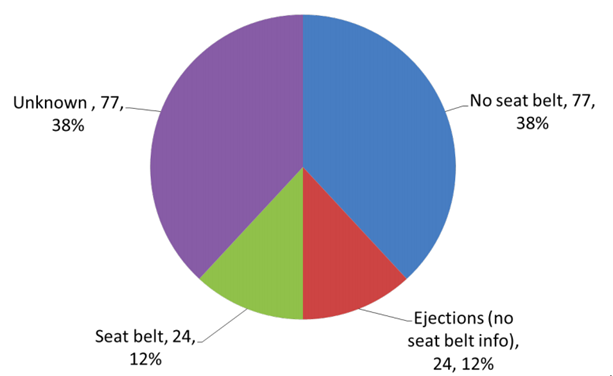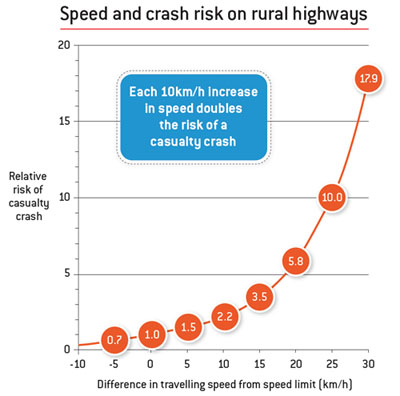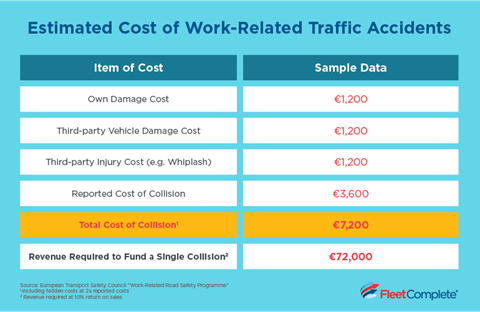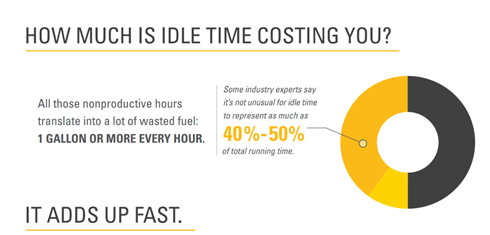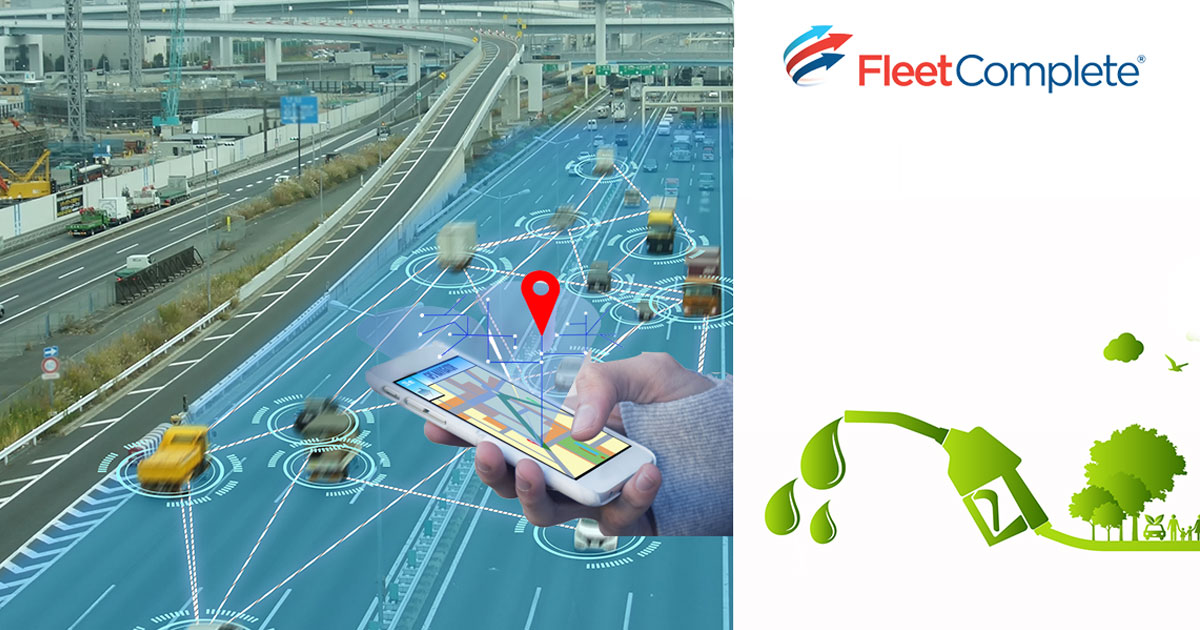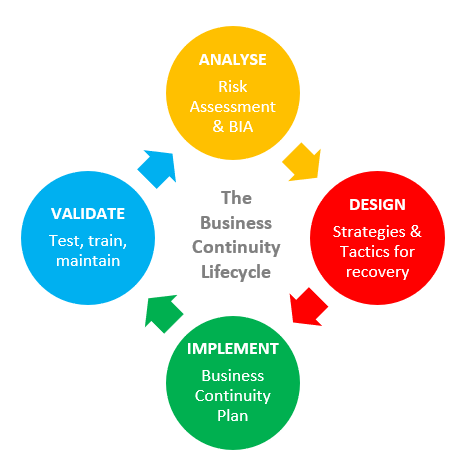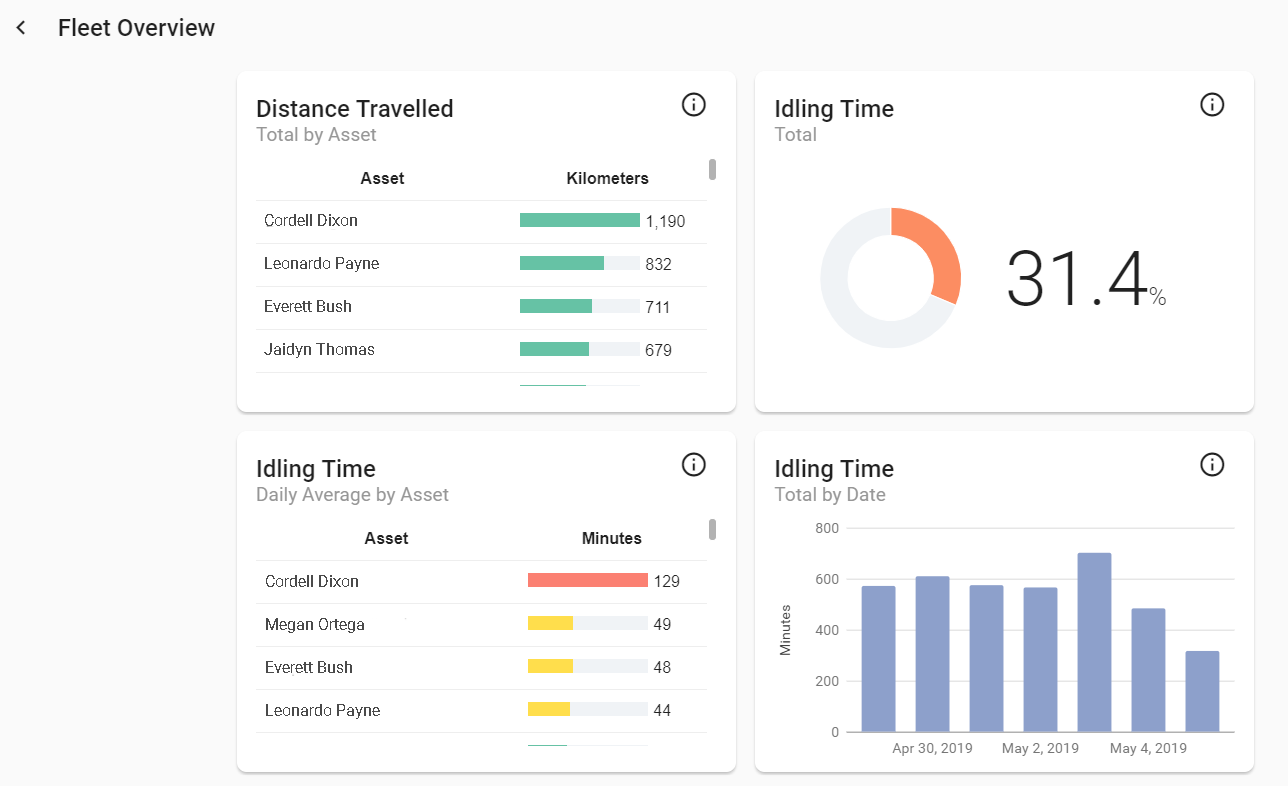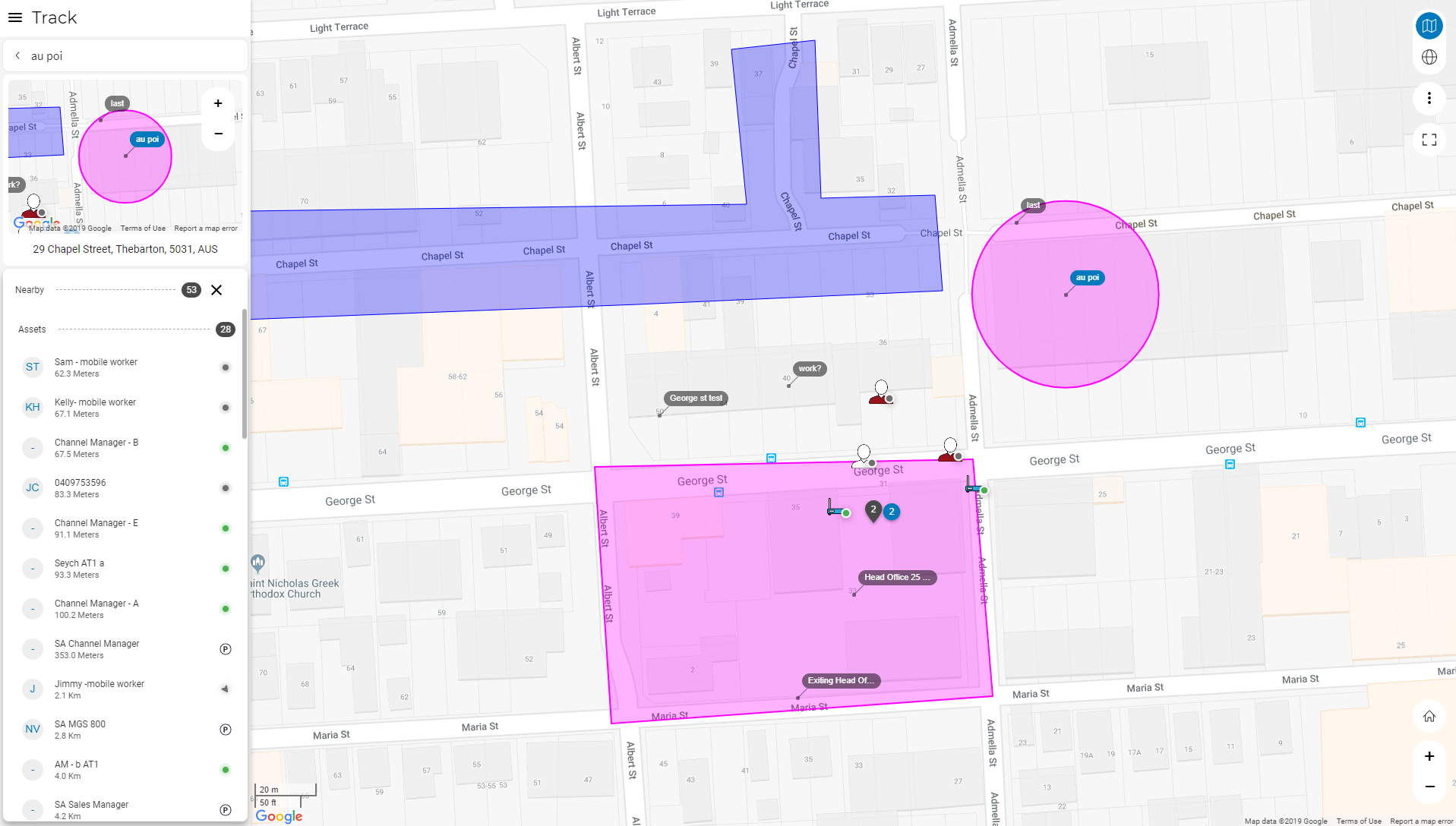Buying an electric vehicle (EV) is a big decision. EV technology is developing rapidly, and dozens more options are expected to hit the market soon; however, running an electric fleet may come with its own set of challenges. And when done right, not only will it help you comply with CO2 emission regulations and reduce fleet carbon footprint, but it can help you boost your bottom line too.
In this article, we’ll help you get answers to the most important questions you should ask before committing to EVs in your business fleet Electric Vehicles: Where Are We Now?
Electric Vehicles: Where Are We Now?
The year 2020 saw a significant surge in electric vehicle sales, making Europe the leading EV market globally. Although they still make up less than 1% of the total number of motor vehicles on Europe’s roads today – with countries like Norway and the Netherlands having the largest share – electrification plans are accelerating across the continent. We could be seeing as many as 40 million electric vehicles in Europe by 2030 – that’s a 1200% growth rate.
With fleets currently responsible for half of total road transport emissions, fleet operators are increasingly eager to being at the forefront of this transition.
And why wouldn’t they be? EVs are cleaner, cheaper to run, and more efficient compared to a petrol or diesel-powered vehicle.

The European EV market is experiencing unprecedented growth (Image Source).
So it looks like the future is undeniably battery-powered. But should you take the leap now, or wait? Here are some questions to guide your decision.
1. Electric vs. Hybrid: What’s The Difference?
An EV works by converting power from a battery into energy which is then used to drive your car around. The electric motor replaces the internal combustion engine (ICE) found in traditional vehicles—and because all its power comes exclusively from its battery, it needs to be plugged into an electric power source to be recharged.
Hybrids, meanwhile, use both electricity and fossil fuels to power themselves. The electric motor works in combination with the petrol engine to increase fuel economy and performance. In a conventional hybrid, the motor’s battery charges itself by converting and storing the thermal energy produced when the vehicle brakes—no plug-in is required. Many cars combine these two technologies into what’s known as a PHEV, or plug-in hybrid electric vehicle.
PHEVs work like conventional hybrids, but they have larger batteries that must be charged via a plug. This means they can cover more kilometers running on pure electricity before the charge runs out and the petrol engine kicks in, but you must plug it in regularly to achieve maximum fuel economy.
2. Are All-Electric Fleets Cost-Effective?
Although the upfront costs of an EV fleet seem high, studies have shown that, over its lifetime, it will end up being cheaper than its conventional counterparts.
There are zero fuel costs and fewer components to replace. The parts that are there also wear out slower—meaning maintenance costs are typically far lower over the vehicle’s lifetime. Coupled with various EV tax breaks and purchase incentives in place across various European countries, the total cost of owning electric vehicles drops significantly. Moreover, the cost of electricity per kilometer is on average just 53% of the cost of petrol or diesel required to cover the same distance.
3. Are EVs Reliable?
Electric vehicles today are just as reliable as any petrol vehicle would be, depending on the make and model as well as how well you take care of them. If anything, you’ll have fewer mechanical parts to worry about—things like spark plugs, valves, gearboxes, drive belts and other components that often fail or wear out and can leave you stranded on the road. Moreover, the technology used to store energy from braking causes less wear on the brake pads compared to traditional vehicles.
When it comes to the battery—the most important part of an EV—it can take from 10 to 20 years before you need to replace it, if maintained properly. Most manufacturers provide warranties for at least 8 years or 160,000 km, which can be even higher for commercial vehicles.
4. Will Your Drivers Need Additional Training?
Driving an electric vehicle is incredibly easy, but it is a different experience from driving a petrol or diesel vehicle. Although it’s possible to drive it just as you would a traditional vehicle, your drivers will need time to familiarise themselves with some of its features if they are to make the most of its benefits. For instance, EVs do not have manual gearbox or even automatic transmission. Plus, EVs are heavier than petrol/diesel vehicles, which can affect top speeds if your fleet consists of heavy goods vehicles.
If you’re planning on adding EVs to your fleet, let your drivers test them out first. Chances are they’ll be keen to do so.
5. How Far Do Your Drivers Travel?
This is an important question to ask because the range of your electric vehicles needs to be suitable for the routes travelled by your fleet. If you need a vehicle that will cover really long distances between stops, then your options might be limited.
It all depends on the size of the battery, but typically a 240km round trip should be within the capabilities of most electric vehicles currently available. So, if you operate within a small area and don’t need to cover long distances regularly, then an EV could be ideal.
Bear in mind, too, that the battery needs time to recharge before the vehicle can go back on the road—and that it takes longer to charge during colder months, because power demands are higher. If this is an issue, then you may need to consider a hybrid option instead.
6. Will You Have Access to Reliable Charging Points?
As with any change in fleet operations, changes in your charging infrastructure can come with significant upfront costs. Not only do these new electric vehicles require specific charging points (which are different from standard plug sockets), but you’ll also have to account for the time required for charging.
It can take anywhere from 1 to 6 hours for an electric vehicle to recharge, depending on the capacity of your charging points—whereas a petrol or diesel vehicle can be refueled quickly at any standard filling station.
Some European countries have advanced more than others when it comes to charging infrastructure, but in general the availability of charging networks is not keeping pace with the appetite for electrification—at least not for the time being. Keep that in mind and do your research if you’re looking to roll out at an EU-wide level.

Will petrol pumps soon be a thing of the past? (Image Source)
How to Move Towards EVs
There’s no one-size-fits-all answer to this question. The size of the business you own or work for, where it is located, and how often you use your fleet vehicles all have a big impact on which option will offer the best bang for your buck.
Considering the above questions carefully will be critical, as will working out whether electric or hybrid is the better choice for you based on your needs.
If you’re on the fence, use fleet management technology to analyse and assess your current fleet’s key metrics—like fuel usage patterns, maintenance costs, routes travelled, and more. Gaining full visibility on your fleet’s performance will not only help you spot efficiencies and start making improvements right away, but it will also help you decide on the best time and manner to make the transition to electric, with the right data to back you up.
You can get started today by requesting our Fleet Complete demo.
If you found this article helpful, please share it on social media.














